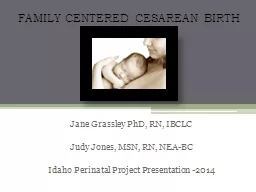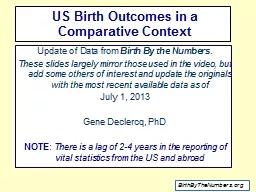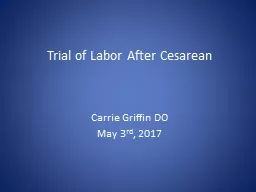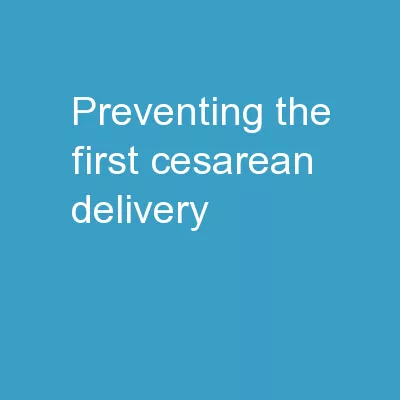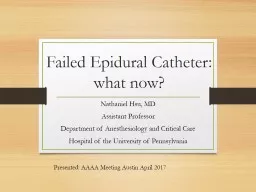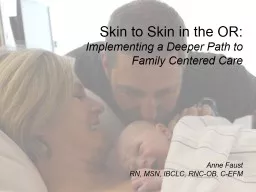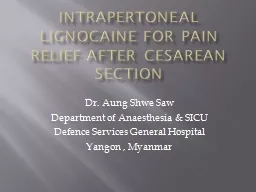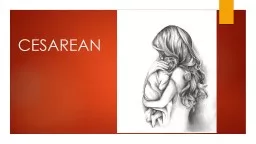PPT-Skin-to-skin after cesarean
Author : phoebe-click | Published Date : 2015-11-05
Jane Grassley PhD RN IBCLC Judy Jones MSN RN NEABC Idaho Perinatal Project Presentation 2014 FAMILY CENTERED CESAREAN BIRTH Introduction The mission of SLRMC LampD
Presentation Embed Code
Download Presentation
Download Presentation The PPT/PDF document "Skin-to-skin after cesarean" is the property of its rightful owner. Permission is granted to download and print the materials on this website for personal, non-commercial use only, and to display it on your personal computer provided you do not modify the materials and that you retain all copyright notices contained in the materials. By downloading content from our website, you accept the terms of this agreement.
Skin-to-skin after cesarean: Transcript
Download Rules Of Document
"Skin-to-skin after cesarean"The content belongs to its owner. You may download and print it for personal use, without modification, and keep all copyright notices. By downloading, you agree to these terms.
Related Documents

